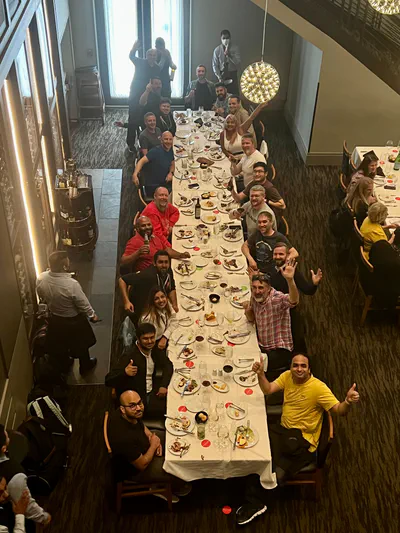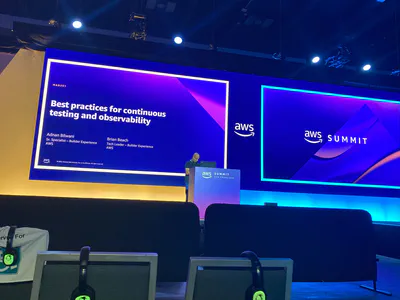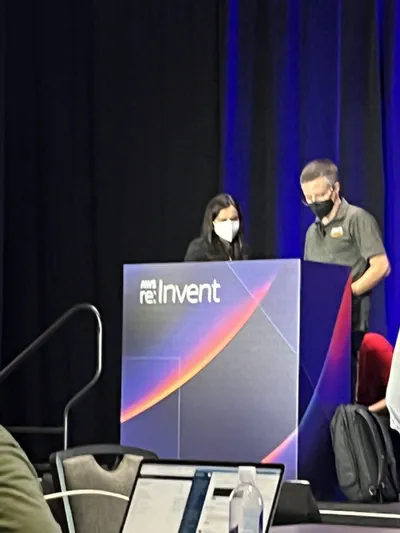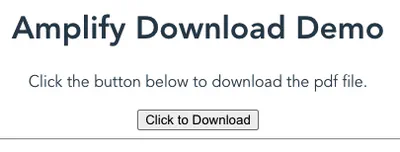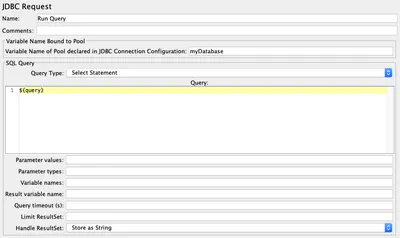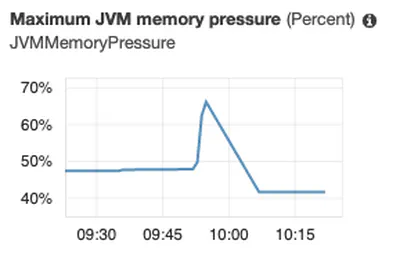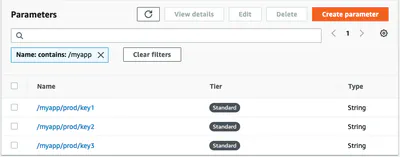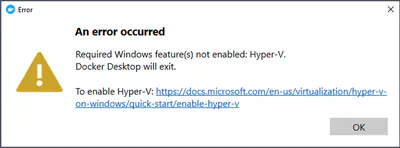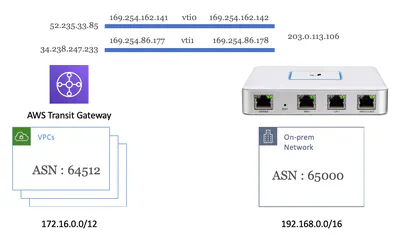Presentations
2022-05-03
Builder Experience Community Offsite Arlington
BX1 - 2022 H1 Offsite Welcome and Kickoff - General update on the community health
My first update for the AMER team after taking the tech lead role.
Event Photos The presentation room setup for the …
Presentations
2022-04-27
AWS London Summit
Presented in multiple executive briefings at the London Summit.
Presentations
2022-04-21
AWS San Francisco Summit- DEM308
Accelerate frontend web and mobile development with AWS Amplify - User-facing web and mobile applications are the primary touchpoint between organizations and their customers. To meet the ever-rising …
Presentations
2022-04-20
AWS San Francisco Summit- MAD201
Best practices for continuous testing and observability – In this session, discover how to improve the resiliency of your applications through continuous resilience testing. Learn best …
Posts
2022-01-04
Building Raspberry Pi Docker Images in AWS CodeBuild
I have a few Raspberry Pis around the house doing various tasks and wanted to automate Docker image builds using AWS CodeBuild. I assumed I could build on the Graviton ARM instances and run on the Pi. …
Posts
2021-12-10
Running Redshift RSQL is a Fargate Container
RSQL is a command-line client for Redshift. Unlike the psql command-line, RSQL has control flow commands (IF, ELSE, GOTO, etc.) that are useful for ETL jobs. I want to run RSQL in a Fargate container …
Presentations
2021-12-01
AWS re:Invent 2021 - DOP306
Implementing release management strategies for CI/CD Pipelines Workshop – This workshop will guide you through building CI/CD Pipelines with release management best practices, including …
Posts
2021-10-10
AWS Amplify Download Api
AWS Amplify is a framework to accelerate web and mobile application development. I needed to build an API that would return a binary object. Specifically, it allows me to download a PDF file. I could …
Posts
2021-10-04
AWS Serverless Demo Applications
I published a post this summer with a few simple demo applications I use when configuring AWS infrastructure. I needed something similar for a serverless application on AWS. In other words, a Lambda …
Posts
2021-09-25
Connecting to AWS IoT Core from Arduino
Every Halloween my kids and I build some kind of decoration to scare everyone. The past few years we have been evolving a pneumatic wolf head that pops up and scares you. Then, it takes a picture of …
Posts
2021-06-24
Connecting to RDS SQL Server from a .NET 5 Application on Linux
AWS Directory Services allows you to join AWS resources to Microsoft Active Directory. This includes Amazon Relational Database Service (RDS), Amazon FSx, Amazon Workspaces, Amazon Appstream 2.0, …
Posts
2021-06-03
Replay Recorded Requests with JMeter
I need to run a load test against Redshift. However, rather than repeatedly running a few sample queries, I want to replay all queries from the audit log over a period of time. I had never tried to do …
Posts
2021-05-04
Simple Demo Applications
When doing a customer demo, I often need a simple app. Generally I am discussing the infrastructure – Elastic Load Balancer, API Gateway, etc – and the application is unimportant. I have …
Posts
2021-04-26
Multi-Tenant Elasticsearch
I have been working on multi-tenant OpenSearch (a.k.a. Open Distro for ElasticSearch) project. This article (https://www.elastic.co/blog/found-multi-tenancy) (from 2015) outlines a few isolation …
Posts
2021-04-25
Case-sensitivity in Aurora PostgreSQL
When moving from SQL Server to PostgreSQL a common issue is case sensitivity. PostgreSQL 12 adds support for nondeterministic collations. These are my notes from testing various scenarios in Aurora. …
Posts
2021-04-24
Lambda Cold Start for ASP.NET (Part 3)
In this final post I’ll list a few additional optimizations for reducing the first invocation times. See part one and two for more details.
Burst CPU According to this video Lambda functions get …
Presentations
2021-04-21
AWS Public Sector Webinar 2021
Enterprise Analytics workshop - Webinar on moving a data warehouse from SQL Server to Redshift using Database Migration Services (DMS) and Schema Conversion Tool (SCT). …
Posts
2021-02-06
GitHub Actions for AWS, Azure and GCP
I’m abandoning the multi-cloud blog hosting model that I was using in favor of AWS Amplify to simplify TLS configuration. But I thought I should document the old approach a little further in …
Posts
2021-02-06
Lambda Cold Start for ASP.NET (Part 2)
In part one, I looked at what happens the first time an ASP.NET application is invoked in Lambda. When we left off, we had a roughly 3 second initial response time. In this post I’ll focus on …
Posts
2021-02-05
Lambda Cold Start for ASP.NET (Part 1)
The ability to host an ASP.NET project in AWS Lambda is a great way to get started with serverless. However, cold starts can result in a slow first invocation of the ASP.NET function. In this post …
Posts
2020-12-21
Building Linux Docker Containers on EC2 Windows
In the post, I will show you how to build a Linux container in Visual Studio running on a EC2 Windows Instance.
The AWS Toolkit for Visual Studio allows you to deploy your project to Elastic Container …
Posts
2020-09-06
AWS VPN on UniFi Security Gateway
I recently upgraded my home network from the Ubiquiti EdgeRouter to the UniFi Security Gateway (USG). Similar to the EdgeRouter, the USG supports most common configuration tasks from the web UI, but …
Posts
2020-02-17
Pearson OnVUE Broke Mac Mission Control
Pearson OnVUE Broke Mac Mission Control Pearson has started offering Online Proctored exams. You download the OnVUE application and take the exam from the comfort of your home. This sounds great, but …
Presentations
2020-02-06
The Quilt 2020 Winter Meeting
I’ll be presenting The Quilt Member Meeting in San Diego today. I’ll cover the following topics:
Overview of AWS Global Infrastructure Recent Announcements – Local Zones Recent …
